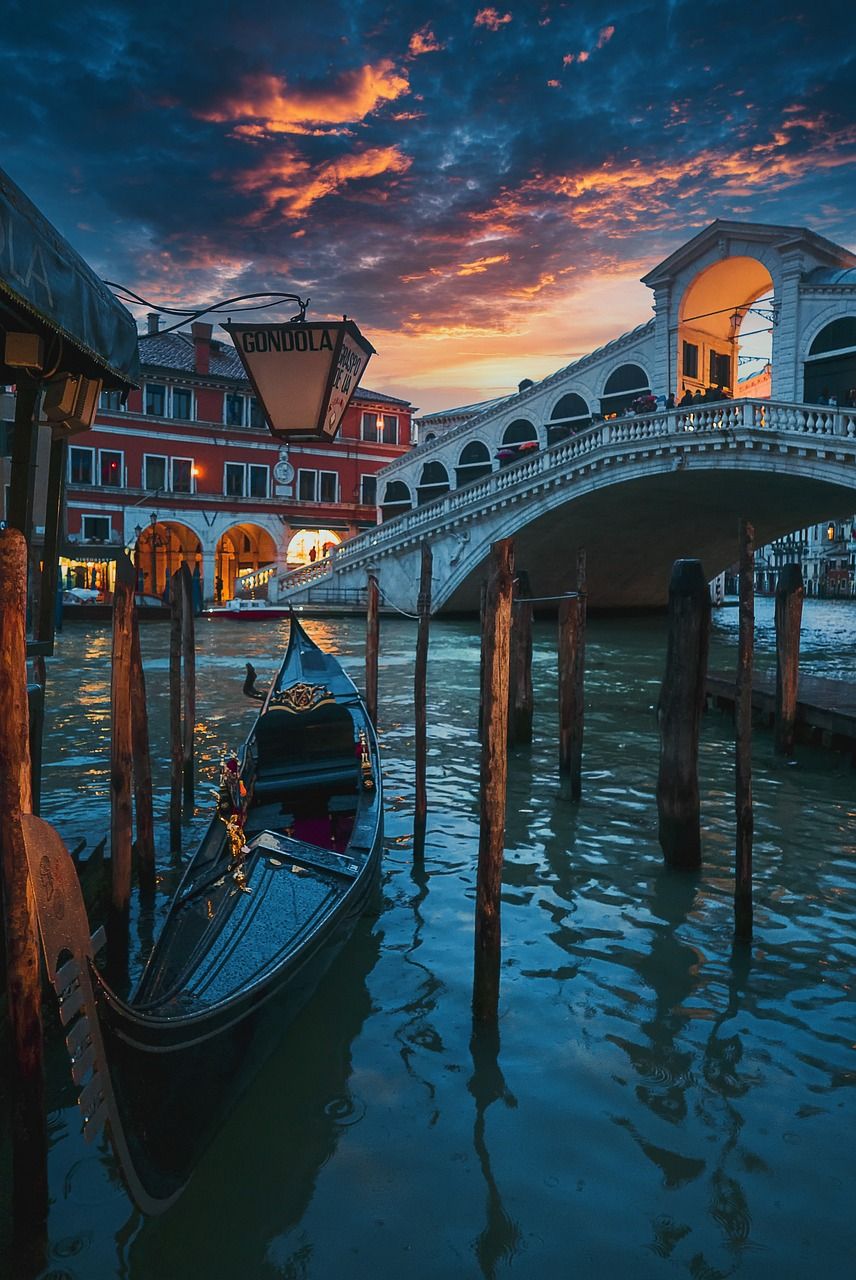Italien resa: Utforska kontrasternas land

Introduction:
Italien resa, or Italy travel, is a dream for many individuals seeking to immerse themselves in rich history, art, culture, and delicious cuisine. This Mediterranean country offers a diverse range of experiences, from ancient ruins to charming coastal towns and picturesque landscapes. In this article, we will provide a comprehensive overview of Italy travel, including its various types, popular destinations, and quantitative measurements to help you plan your perfect Italian getaway.
What is Italy travel?

Italy travel encompasses an array of experiences, including city breaks, beach vacations, countryside retreats, cultural endeavors, and culinary adventures. Whether you’re exploring the vibrant streets of Rome, relaxing on the beaches of Sicily, or indulging in wine tasting in Tuscany, Italy offers something for every type of traveler.
Types of Italy travel:
1. City Breaks: Italy’s cities, such as Rome, Florence, and Venice, are brimming with historical landmarks, architectural marvels, and renowned art collections. These cities provide an immersive experience into Italy’s rich cultural heritage.
2. Beach Vacations: With its stunning coastline along the Adriatic, Tyrrhenian, and Mediterranean Seas, Italy offers a variety of beaches to suit all preferences. From the glamorous resorts of Amalfi Coast to the secluded coves of Sardinia, beach lovers can find their paradise in Italy.
3. Countryside Retreats: Tucked away in the rolling hills, Italy’s countryside offers a peaceful escape from the bustling cities. Regions like Tuscany and Umbria boast picturesque landscapes, vineyards, and charming villages, providing an idyllic setting for relaxation and exploration.
4. Cultural Endeavors: From opera performances to archaeological sites, Italy presents numerous opportunities to immerse oneself in its rich cultural offerings. Visiting iconic landmarks such as the Colosseum, Pompeii, and the Vatican City allows travelers to connect with Italy’s historical and artistic past.
5. Culinary Adventures: Italy is a haven for food enthusiasts, offering a culinary journey like no other. From pasta and pizza to gelato and espresso, Italian cuisine is known and loved worldwide. Exploring local markets, taking cooking classes, and indulging in regional delicacies are must-do experiences for any food lover.
Quantitative measurements of Italy travel:
1. Number of Tourists: Italy consistently ranks among the most visited countries globally. In 2019, Italy welcomed around 94 million international tourists, showcasing its popularity as a travel destination.
2. Landmarks and Attractions: Italy boasts an impressive number of UNESCO World Heritage sites, including famous landmarks like the Colosseum, the Leaning Tower of Pisa, and the historic centers of Rome, Florence, and Venice.
3. Accommodation: Italy offers a wide range of accommodation options, from luxury hotels to budget-friendly hostels and cozy bed and breakfasts. The country has over 34,000 hotels, ensuring there is something for every budget and preference.
4. Transportation: Italy has a well-developed transportation network, including a high-speed train system connecting major cities, extensive bus services, and airports spread across the country. This makes traveling within Italy convenient and accessible.
Differences in Italy travel experiences:
1. Regions and Local Culture: Italy’s diverse regions have distinct identities, cuisines, and traditions. The north is known for its industrial centers and fashion capital, Milan, while the south offers a slower pace of life and unique culinary delights. Exploring different regions allows travelers to experience the varied flavors of Italy.
2. Urban vs. Rural: Italy’s cities offer a vibrant atmosphere, with bustling streets and a lively nightlife. On the other hand, the countryside provides a tranquil retreat, with rolling hills, vineyards, and picturesque landscapes. Choosing between urban or rural experiences depends on personal preferences and desired activities.
3. Popular vs. Off-the-beaten-pat While famous cities like Rome, Florence, and Venice attract millions of tourists each year, Italy also offers hidden gems that provide a more authentic and intimate experience. Exploring lesser-known towns and regions allows travelers to discover Italy’s hidden beauty.
Historical overview of advantages and disadvantages:
1. Advantages of Italy travel:
– Rich History: Italy’s historical legacy is visible in its architecture, art, and ancient ruins, providing a valuable learning experience.
– Cultural Immersion: Italy’s vibrant culture embraces art, music, and cuisine, offering a unique sensory experience.
– Scenic Beauty: From the breathtaking Amalfi Coast to the picturesque Tuscan countryside, Italy’s landscapes captivate travelers.
2. Disadvantages of Italy travel:
– Crowded Tourist Sites: Popular attractions can experience large crowds, especially during peak travel season, impacting the overall experience.
– Language Barrier: While English is spoken in tourist areas, some knowledge of Italian can enhance communication and facilitate interactions with locals.
– Cost: Italy can be relatively expensive, particularly in major tourist destinations. Planning and budgeting are essential for a cost-effective trip.
Concluding thoughts
Italy travel offers a diverse range of experiences, from historical landmarks to stunning landscapes, cultural immersion, and culinary delights. By understanding the different types of travel, regions, and historical advantages and disadvantages, travelers can tailor their itinerary to create an unforgettable Italian adventure. So, pack your bags, be prepared to indulge in la dolce vita, and get ready to explore the captivating beauty of Italy.
(Insert video: A visual montage showcasing the highlights of Italy, including iconic landmarks, picturesque landscapes, bustling city streets, and delicious cuisine. The video should aim to capture the essence and allure of Italy travel.)





